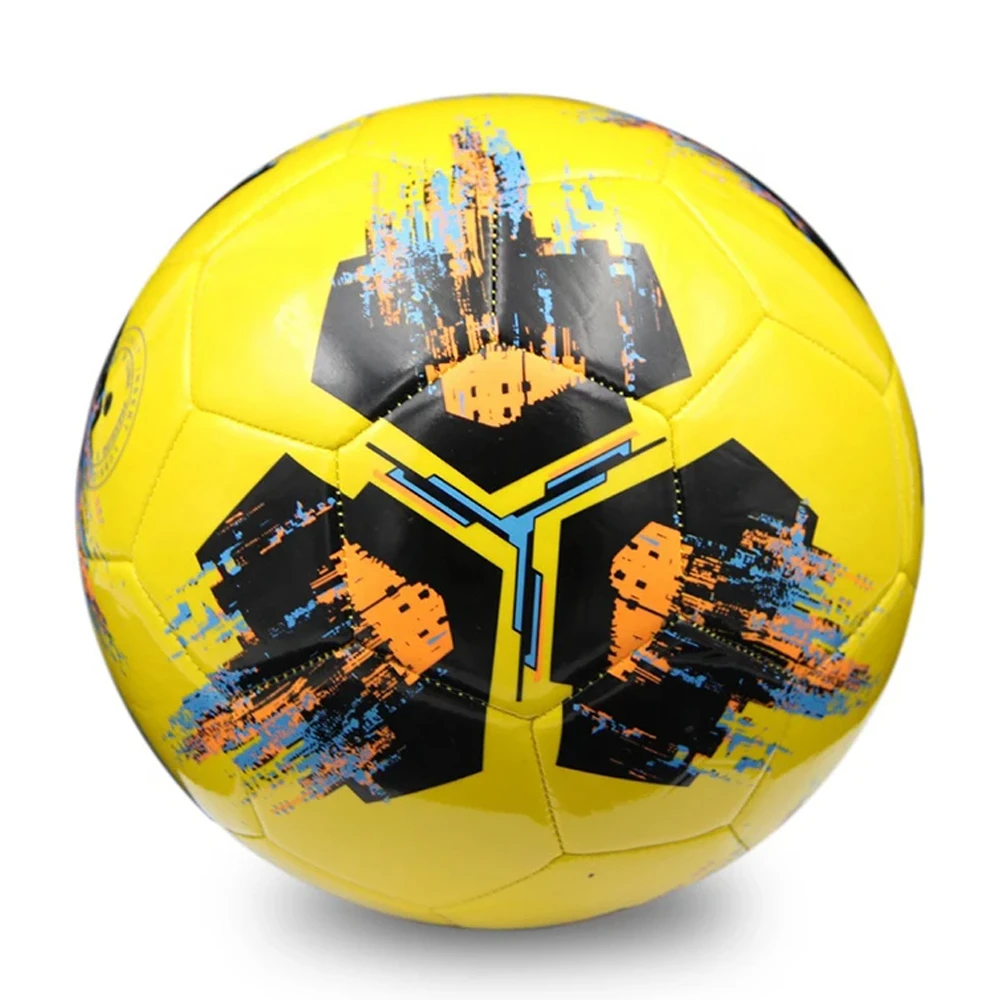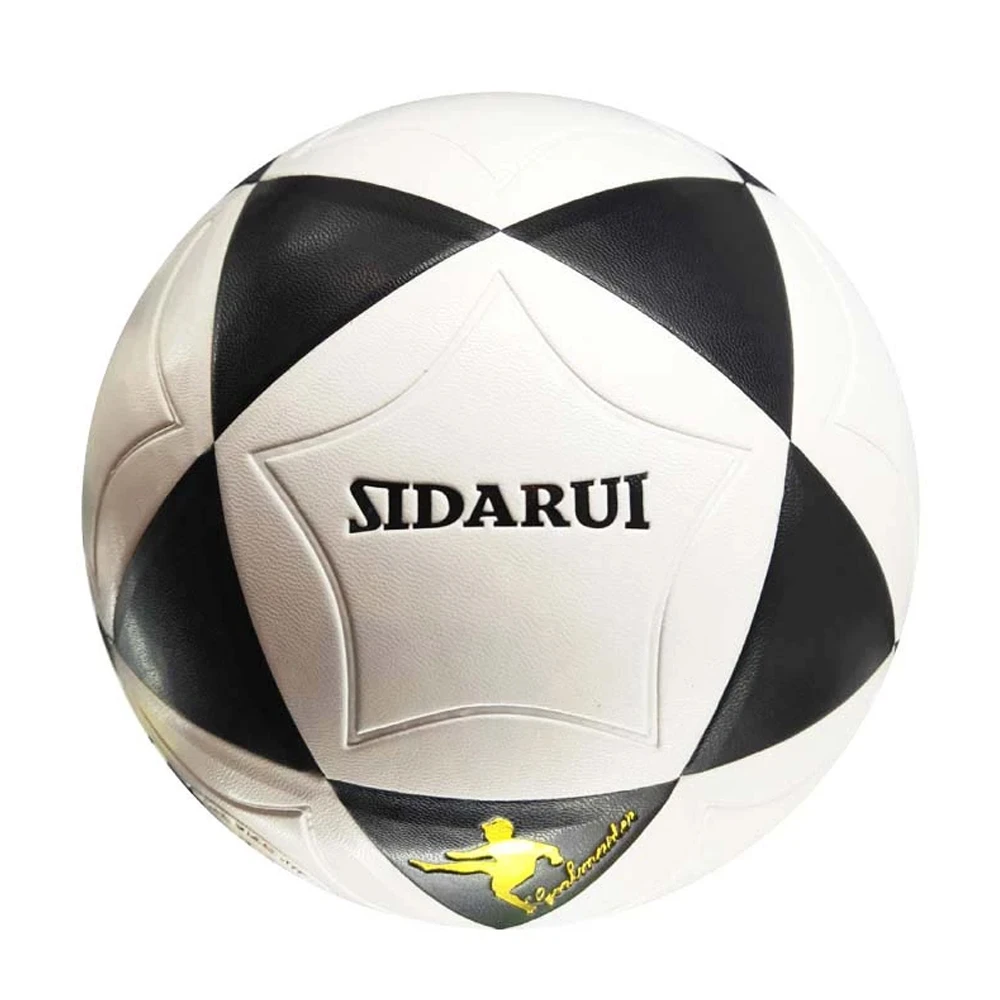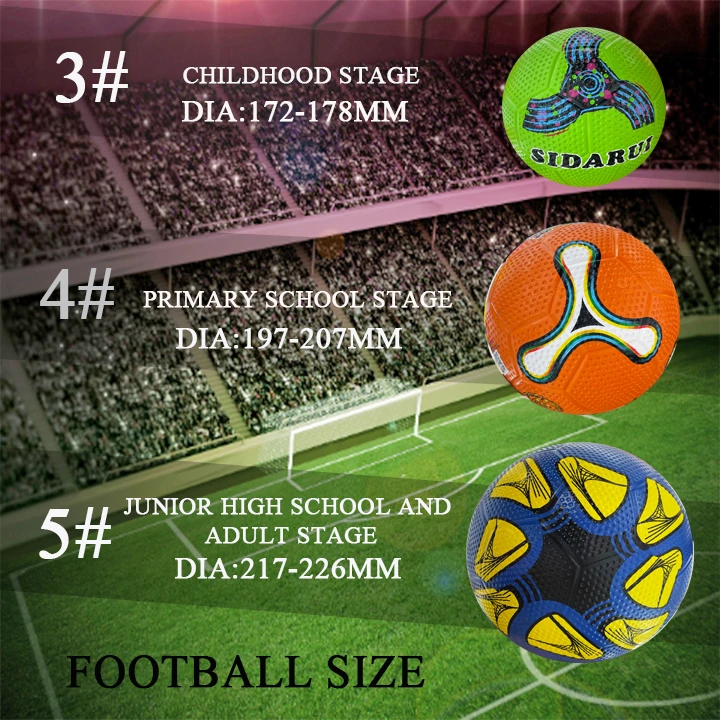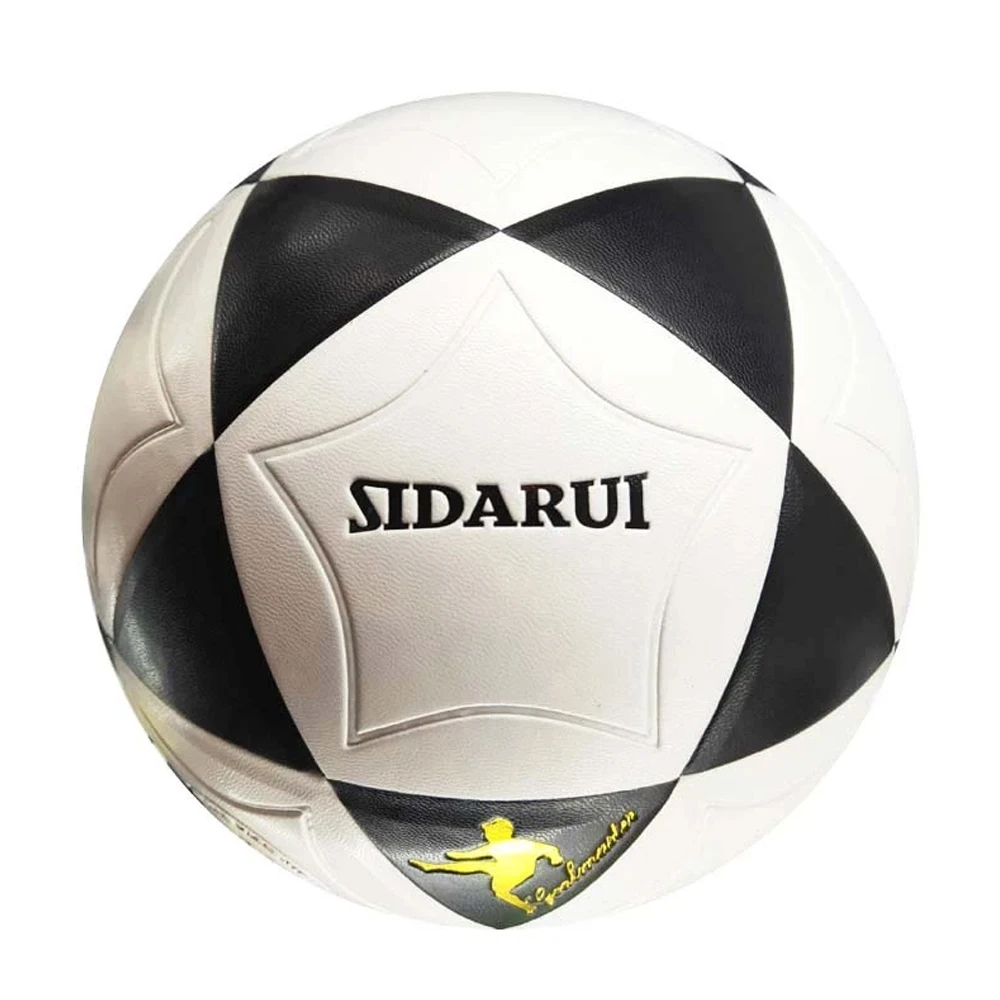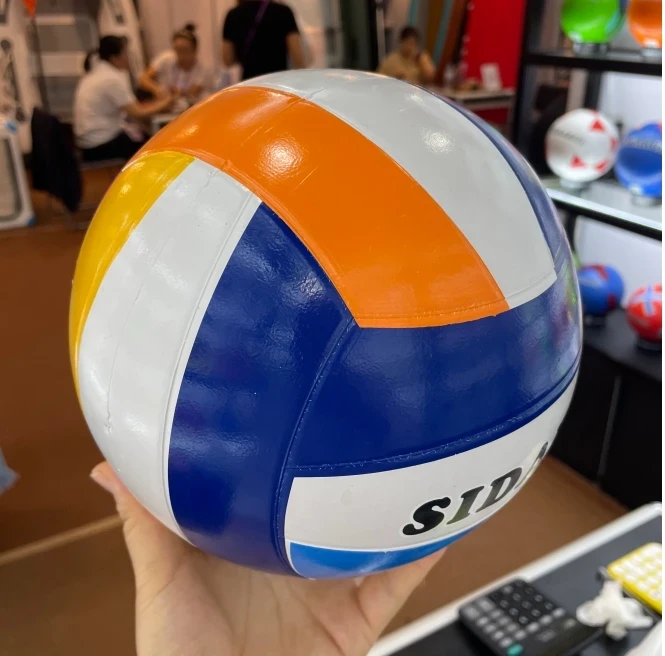Mag . 26, 2025 09:58
Football, known as the world's most popular sport, transcends borders, cultures, and languages. But why is soccer called football in most parts of the world? The answer lies in its origin. The term "football" refers to a range of games where players use their feet to kick a ball. In England, where the modern version of the sport was formalized, it was simply called "football." However, when the sport spread to the United States, it needed a new name to avoid confusion with American football, hence the use of “soccer,” derived from “association football.”
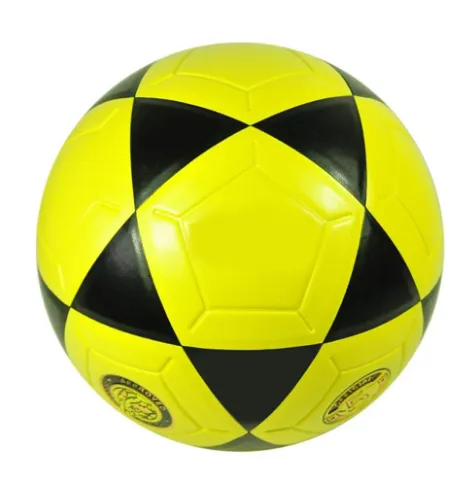
The Global Language of the Game: Why Is Soccer Called Football?
While naming conventions may vary, the passion and rules of the sport largely remain the same across continents. Today, all kinds of football exist globally, including American football, Australian rules football, and rugby, each with its own twist but often sharing a common ancestry with association football.
Exploring Football Types and Their Evolution
Football is not a one-size-fits-all sport. Around the world, there are numerous tipi di calcio played, each with unique characteristics. From futsal, a fast-paced indoor version, to beach soccer, and even freestyle football, the sport has evolved to fit diverse terrains and styles. These tipi di calcio not only reflect regional preferences but also showcase the adaptability of the game.
A critical aspect that differs among these variations is football width—a specification that defines how wide the pitch or ball should be. For instance, FIFA-regulated matches require a standard football pitch width ranging between 50 and 100 yards, while smaller formats like futsal have narrower playing fields and smaller balls. Even the ball's dimensions can vary slightly depending on the format, age group, and league regulations.
Interestingly, the global supply chain that produces this essential equipment includes a rising player: football from China. Over the last decade, China has become a significant football manufacturer, supplying high-quality footballs to professional clubs, amateur teams, and retailers worldwide. Thanks to advanced technology and streamlined production processes, these manufacturers can produce footballs that meet strict international standards at competitive prices.
The Role of China in Football Manufacturing
The emergence of football from China has not gone unnoticed. Chinese manufacturers are investing heavily in research, design, and production quality, which has elevated their status in the global market. Whether it’s machine-stitched training balls or hand-stitched professional match balls, China’s football industry is innovating to meet demand.
Today, a leading football manufacturer in China can produce millions of units annually, distributing them to Europe, the Middle East, Africa, and South America. They are not only fulfilling large retail orders but also producing custom-branded balls for events and clubs. These advancements make China a crucial hub in the global football supply chain, offering affordable and durable products across all kinds of football categories.
Product FAQs: Footballs from China
Q1: What types of footballs do you manufacture?
A: We produce all kinds of football, including standard match balls, training balls, futsal balls, and promotional balls. Customization is available based on design and material preferences.
Q2: Do your footballs comply with international size and weight standards?
A: Yes, our footballs meet FIFA and other international standards for size, weight, and football width. Each batch undergoes rigorous quality control before shipment.
Q3: Where are your footballs manufactured?
A: Our footballs are proudly produced in China. As a leading football manufacturer, we combine cost efficiency with international quality standards to serve global clients.
Q4: Can I request a sample before placing a bulk order?
A: Absolutely. We encourage clients to review samples of our football from China before confirming bulk purchases to ensure satisfaction with quality and specifications.
Q5: What materials do you use for different football types?
A: We use a range of materials depending on the football's use—PU and TPU for match balls, rubber for promotional use, and synthetic leather for professional training. The choice depends on the tipi di calcio and the intended usage environment.




